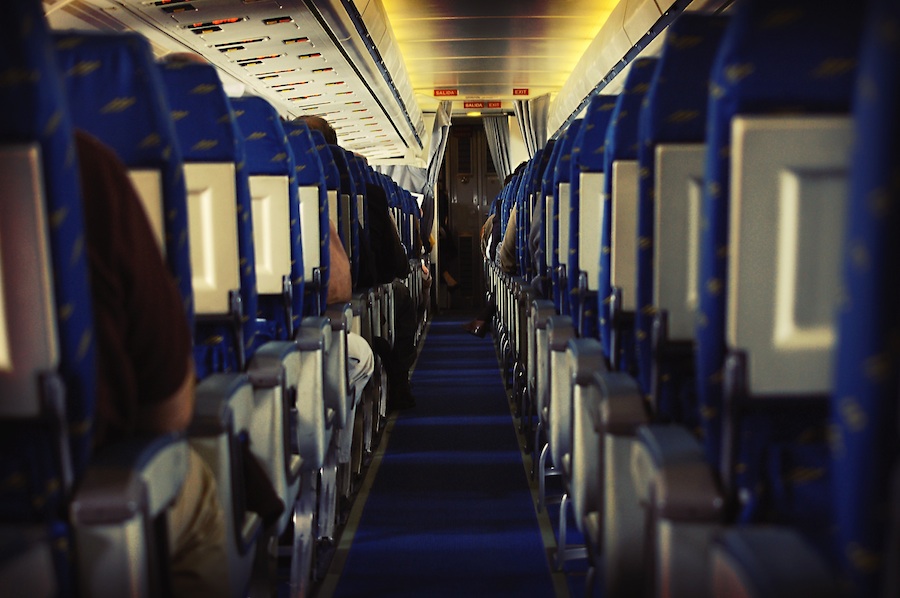
A plane full of passengers — void of supplies and soaring at 30,000 feet — is no place for a medical consult. Yet in-flight medical events do happen, and traveling clinicians often are faced with tough decisions about how best to respond in these situations. A recent article published in the New England Journal of Medicine brings to light which health events are most common during air travel, how physicians and other medical professionals should respond and also which regulations are in place to protect care providers volunteering their services.
“Each of the authors had an experience in which we were called upon to render aid on a flight,” says the article’s senior author William Brady Jr., MD, medical director of Emergency Management at UVA. “We realized when we went to read about the appropriate way to respond to these situations that there was a lack of information available, so we decided to write something ourselves.”
Highlighted in the article is the fact that mid-air medical emergencies are likely under-reported. One study suggested that emergencies occur on one in every 604 flights, but there is no mandatory reporting system, so that number is most likely higher.
Some of the most common conditions requiring medical aid include chest pain, shortness of breath, fainting and mental status change. While uncommon, representing approximately 0.3 percent of in-flight events, cardiac arrest is the most fatal, representing around 86 percent of deaths. “The stresses of travel — hustling, flight delays, lost luggage, jet lag — can exacerbate certain health problems, especially chronic, long-term illnesses,” says Brady.
Although every scenario is different, Brady says medical professionals are wise to prepare themselves for the possibility that they may be called upon to provide assistance while traveling. “We want physicians to think in advance about the situation,” he says. Some of the key things to consider prior to taking a flight include:
- A plane is an austere environment. “Some expect an airline to have supplies, but you have to alter your expectations and educate yourself,” says Brady. According to the article, the Federal Aviation Administration (FAA) mandates that United States-based airlines carry first-aid kits that are stocked with basic supplies. However, Brady says, this is not a clinic or a hospital, so you won’t find the resources you’re accustomed to. Plus, he adds, limited space and ambient noise can make evaluations challenging.
- Honest judgment is critical. “No one expects a physician to be on call 24-7,” says Brady. “But if relaxing means having a few drinks or if you’ve had a sedative to help you sleep, you need to take an honest assessment to determine if you’re impaired before you care for another passenger.”
- The captain is the boss. “In these situations, the physician is acting as a medical advisor to the captain of the plane,” says Brady. “It’s important to inform the captain, in clear language, the status of the patient, whether it is a serious event or if it’s a serious event that is time sensitive and requires an emergency landing.”
- Protect yourself. According to the article, the Aviation Medical Assistance Act (AMAA) protects providers who respond to in-flight medical emergencies from liability. This law applies to claims arising from domestic flights and most claims arising from international flights involving U.S. carriers or residents. “It’s important to document the events and file them as you would any other case you handle,” says Brady.
For more information, read the complete NEJM article.